Canon EOS M50 review – in pictures
Crikey, Canon’s finally made a solid mirrorless cam for beginners...
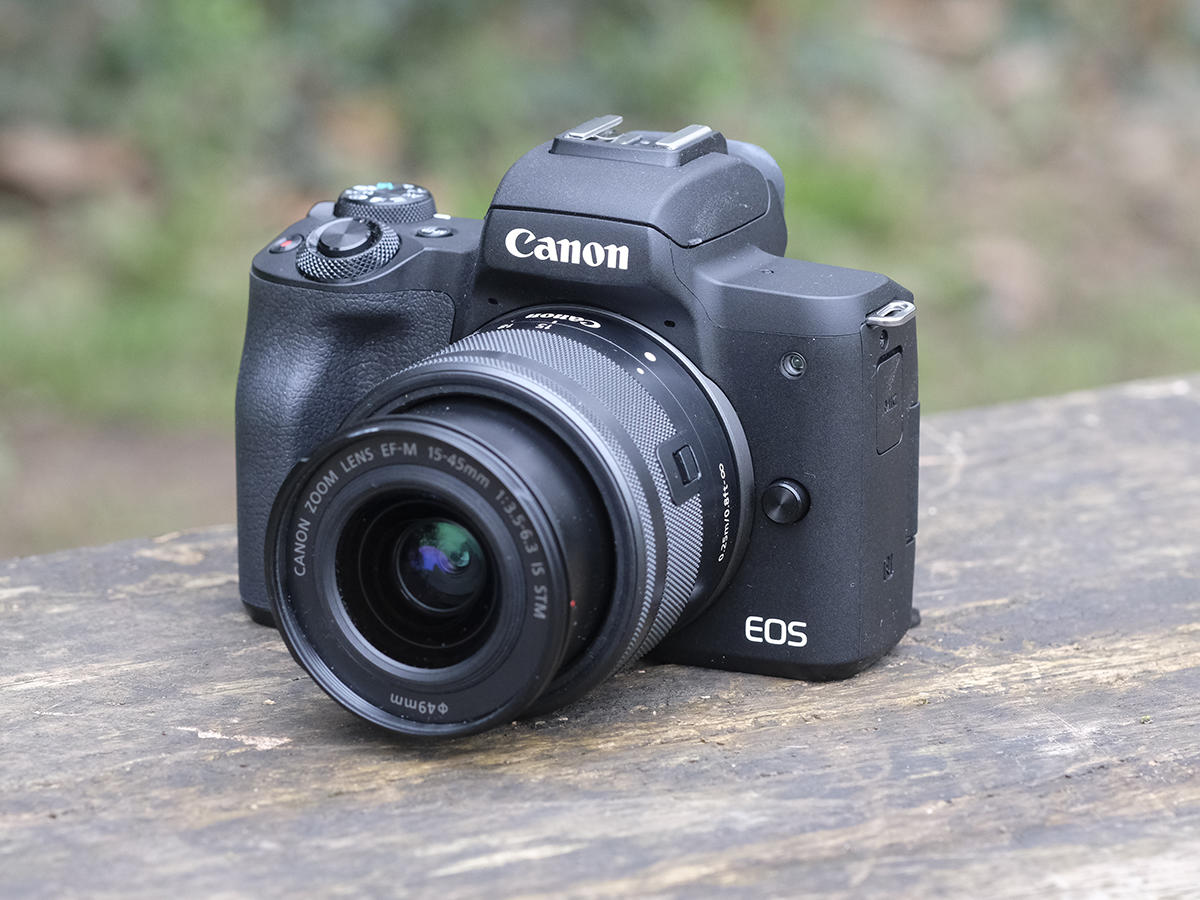
BETTER LATE THAN NEVER
It’s fair to say Canon missed the start gun for mirrorless cameras, with Fujifilm, Panasonic and Olympus already well down the track and pulling away. But the traditionally cautious camera maker, better known for its rock-solid, reliable DSLRs, finally has a jet-heeled mirrorless contender in the race. Aimed at smartphone-upgraders rather than dial-loving DSLR fans, the EOS M50 brings a host of firsts for a Canon mirrorless cam: 4K video recording, a vari-angle touchscreen, a silent shutter mode, and its new Digic 8 processor. If you’re looking for your first ‘proper’ camera, it’s a strong new contender, and a smaller alternative to Canon’s entry-level EOS 200D DSLR. Should it be the start of your mirrorless journey? I lived with one for a week to find out…
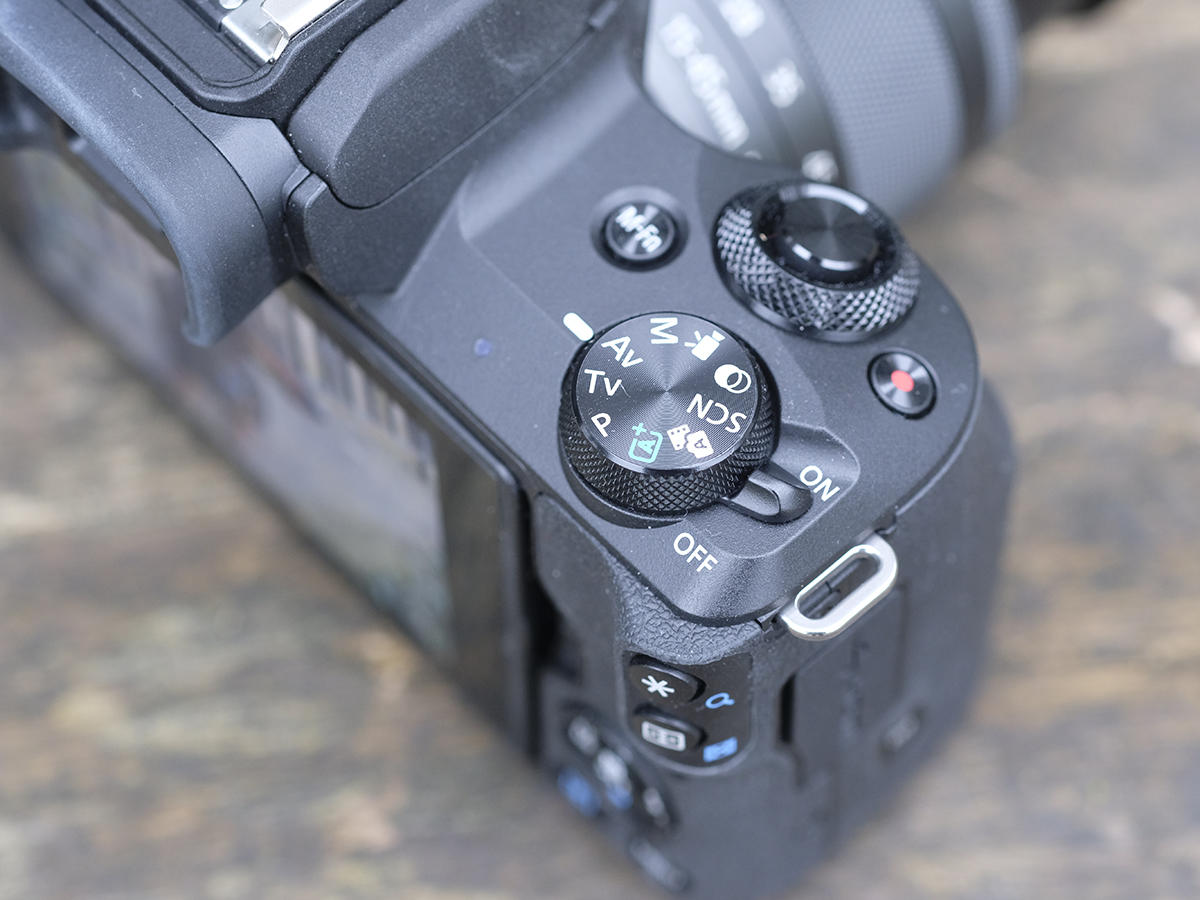
SMALL FRY
The M50 looks and feels like a cute, shrunken DSLR. There’s a centrally placed viewfinder, which traditionalist Canon says is where it ‘should’ be, rather than pushed away into the corner like those found on rangefinder-style mirrorless cams. The chunky grip’s textured coating makes it feel comfortable in the hand, although the rest of the camera has a slightly more plasticky finish. Still, that’s to be expected at this price point, and it’s what you’ll find on Canon’s entry-level DSLRs, too. You can buy the M50 on its own but, unless you already happen to own any of Canon’s EF-M lenses or fancy attaching some EF/EF-S ones via an adaptor (hint: you probably don’t), you’ll need to buy one to go with it.
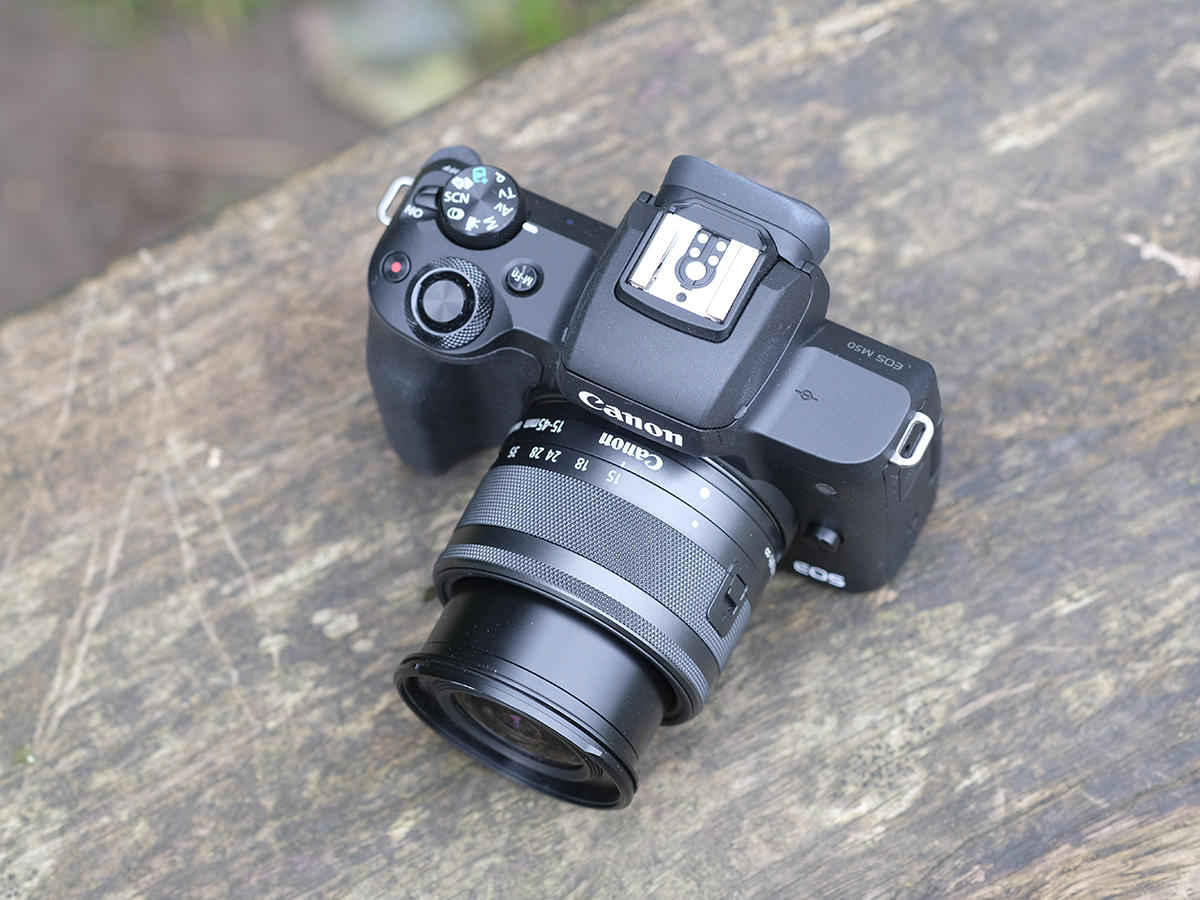
STARTING SIMPLE
The 15-45mm f/3.5-6.3 IS STM is available as part of a kit. Being collapsible, it’s an ideal partner for the M50 if you’re looking to keep the overall size and weight down. Another option is an 18-150mm lens, which gives you a lot more flexibility, but is also much larger. When it comes to controls, Canon’s mirrorless cameras come in two flavours. Its more ‘serious’ models (the EOS M5 and M6) have a range of dials and buttons that will be comfortably familiar to those coming from DSLRs. And then there are those like the M50, which replace physical buttons with more smartphone-like touchscreen menus. This means there aren’t a huge swathe of dials and buttons on the M50. If you’re looking for something a little more advanced, you might prefer one of Canon’s more advanced mirrorless models like the EOS M6.

ROOM WITH A VIEW
Aside from its smaller size, the biggest difference between the M50 and a beginner DSLR like the EOS 200D is the electronic viewfinder. Not long ago, an EVF was an obvious black mark if you could have an optical version instead. But recently there’s been a bit of a switcheroo, especially for entry-level snappers like this. Optical viewfinders don’t show 100% of the scene, whereas an electronic one always will. You also have other benefits, such as being able to preview how settings changes will look in the viewfinder, and quickly reviewing your image once it’s been taken without taking the camera from your eye. The M50’s EVF is large, clear and bright, while using it is a straightforward – the sensor alongside it automatically switches it on when you lift it to your eye.
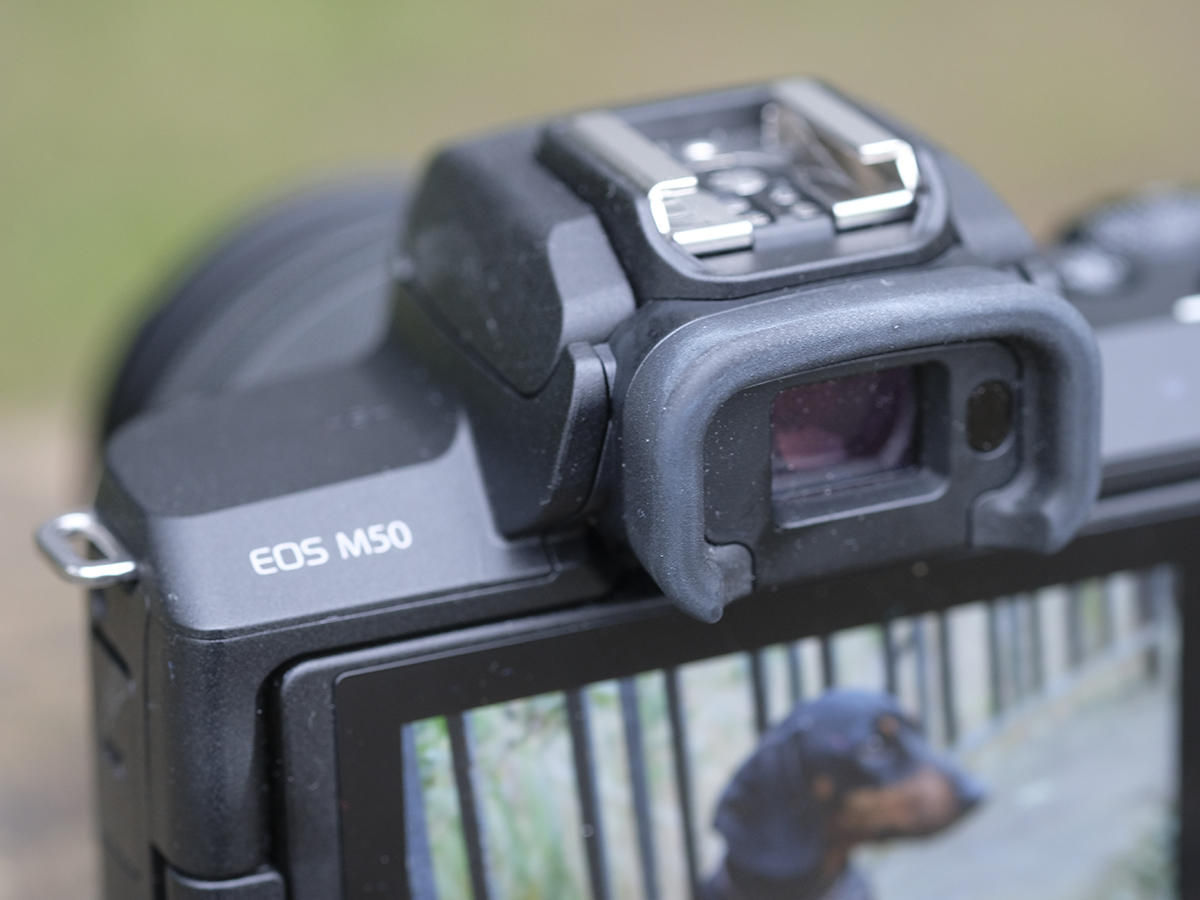
HOORAY FOR 4K
It’s fair to say that we’ve come a long way since the early days of sluggish AF on Canon EOS M cameras. Now we’ve got something that does a very good job indeed: Dual Pixel CMOS AF. This Canon tech, first seen five years ago, helps the M50 cope particularly well with moving subjects, especially if they’re moving in a relatively predictable pattern. It also helps you lock onto targets in both stills and video, so passing people or objects don’t hijack your focus. That’s not all: a new feature for this camera is Eye-Detection AF, which, as you might imagine, locks onto a subject’s eyes, following them even as the subject moves. This is an obvious winner for portrait photography, but can also be useful for selfies or making YouTube videos. And, make sure you’re sitting down for this bit, the M50 is also the first non-professional Canon that lets you record 4K video. Yep, it’s finally happened.
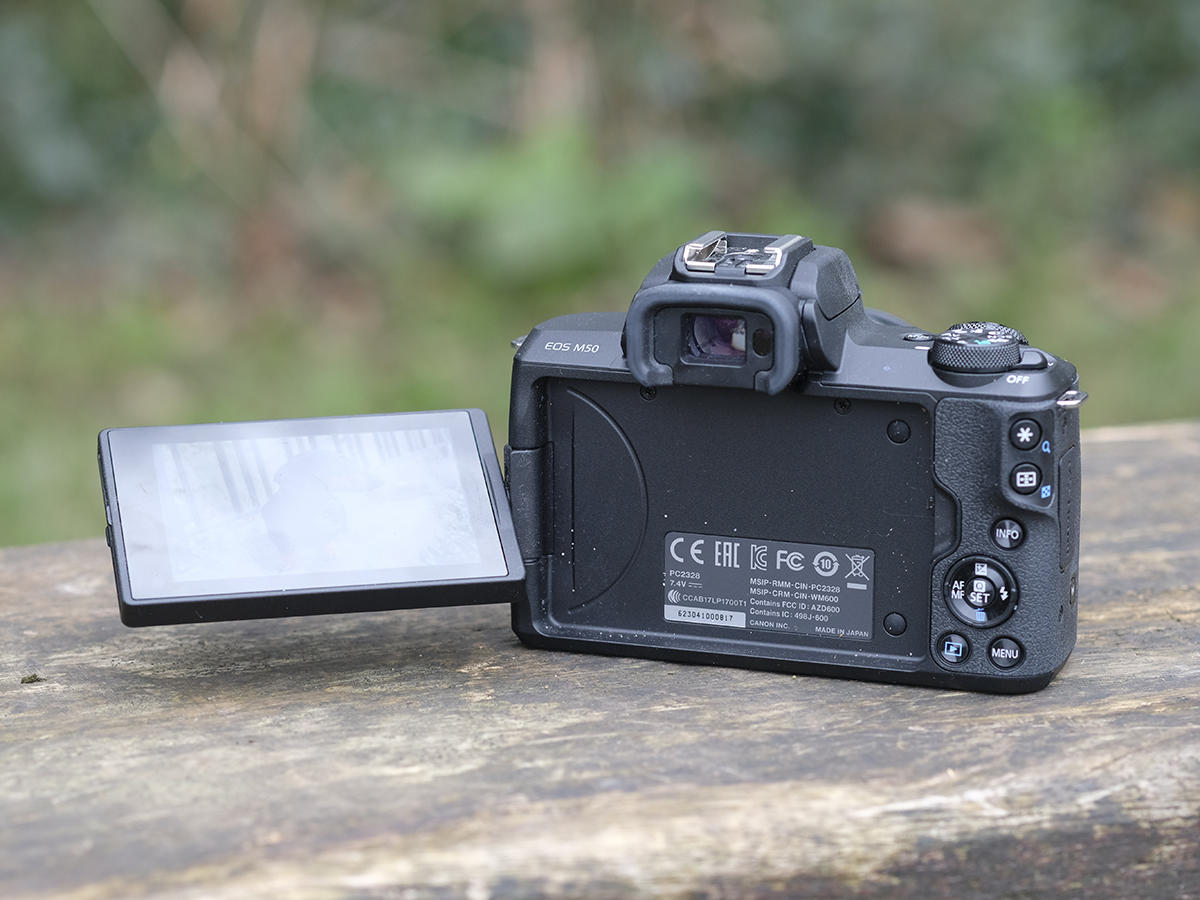
AN ALL-ROUNDER
As we’ve come to expect from Canon sensors, colours are rendered very nicely, with a nice warm level of saturation that stays on the good side of realistic. The Auto or Standard Picture Style is very good, but for just a hint more crispness, shooting with the Fine Detail setting applied produces the best results. There’s also plenty of detail in images taken throughout the native sensitivity range. Naturally, you’ll find that the best detail is displayed at lower ISO levels in good light, but even if you’re forced to shoot at ISO 12800, you can come away with a decent image – especially if you only need it for small printing or web sizes.
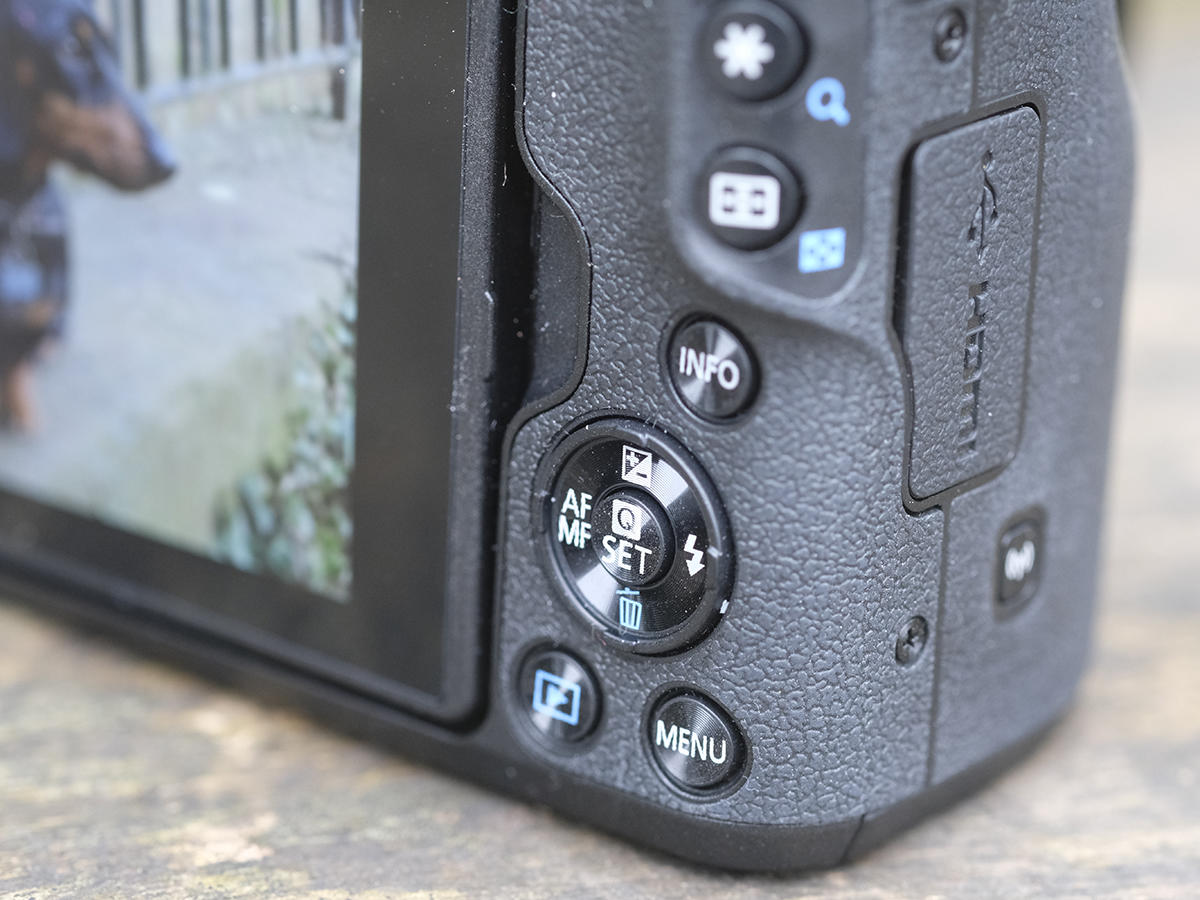
THE RIGHT BALANCE
It’s probably best to steer clear of ISO 25600 and ISO 51200 outside of emergencies, as at these speeds you can see a little bit of image noise even at relatively small sizes. On the whole, the camera’s metering system does well to get exposures spot on, with little need to touch the exposure compensation dial. Under a variety of different lighting conditions, including artificial light, the automatic white balance system copes really well and produces accurate colours.
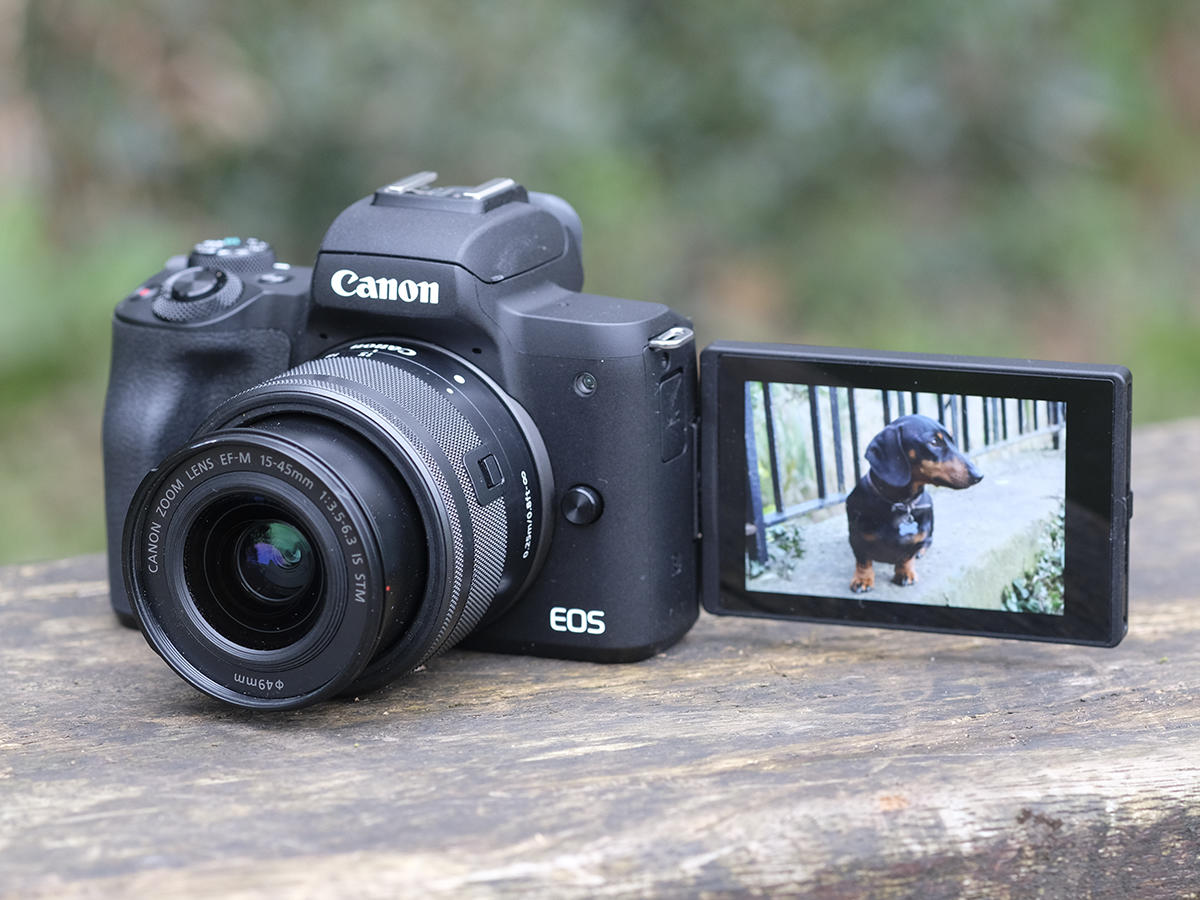
WHERE ARE ALL THE LENSES?
There is one other thing to bear in mind when weighing up whether or not to buy the M50: lenses. While Canon is starting to catch up with other mirrorless cams, its range of accompanying lenses is (for now, at least) sorely lacking. There are just seven proprietary lenses available for the system, with relatively few primes or ‘specialist’ options available. The way around this is to use the M50 with an adapter for EF/EF-S glass, but that slightly detracts from the point of having a small system – and is probably only appealing if you already have a collection of Canon lenses.

THE FAIREST OF THEM ALL?
A lack of native lenses aside, the EOS M50 is Canon’s best stab at a mirrorless camera so far. Image quality is a match for Canon’s DSLRs, which means you can get some very nice pictures indeed. Yes, 4K video is available for the first time on a consumer Canon, but this is not a camera to buy if you’re a videographer – a vlogger perhaps, but not someone who’s looking to produce short films. It’s great to see Canon finally taking mirrorless cams seriously – let’s just hope the range of accessories and lenses starts to play catch-up soon.


